
One of the most striking and widely discussed instances of domestic Hindutva communal aggression following the terrorist attack in Pahalgam and the later Indian military response through “Operation Sindoor” was in the form of the reprehensible verbal assault by Kunwar Vijay Shah, the Bharatiya Janata Party (BJP) minister in the Madhya Pradesh government. Shah’s controversial comments invoking the religion of the Indian Army Colonel Sofiya Qureshi and branding her as a sister of the terrorists who struck at Pahalgam drew the attention of even the Supreme Court, which castigated him in unequivocal terms. Colonel Sofiya Qureshi had an important public role too while leading the government briefing to the media about Operation Sindoor against Pakistan.
A closer look at the developments in the grassroots across India in weeks following the attack in Pahalgam shows that the communally charged assault on colonel Sofiya Qureshi was not an isolated incident. In fact, India witnessed an alarming and systematic wave of communal violence, hate crimes, and organised intimidation since the Pahalagam attack. What initially began as an emotive response to the heinous and tragic terror attack quickly spiraled into a countrywide pattern of organised aggression, where Muslims—particularly Kashmiris—became the principal targets of collective punishment.
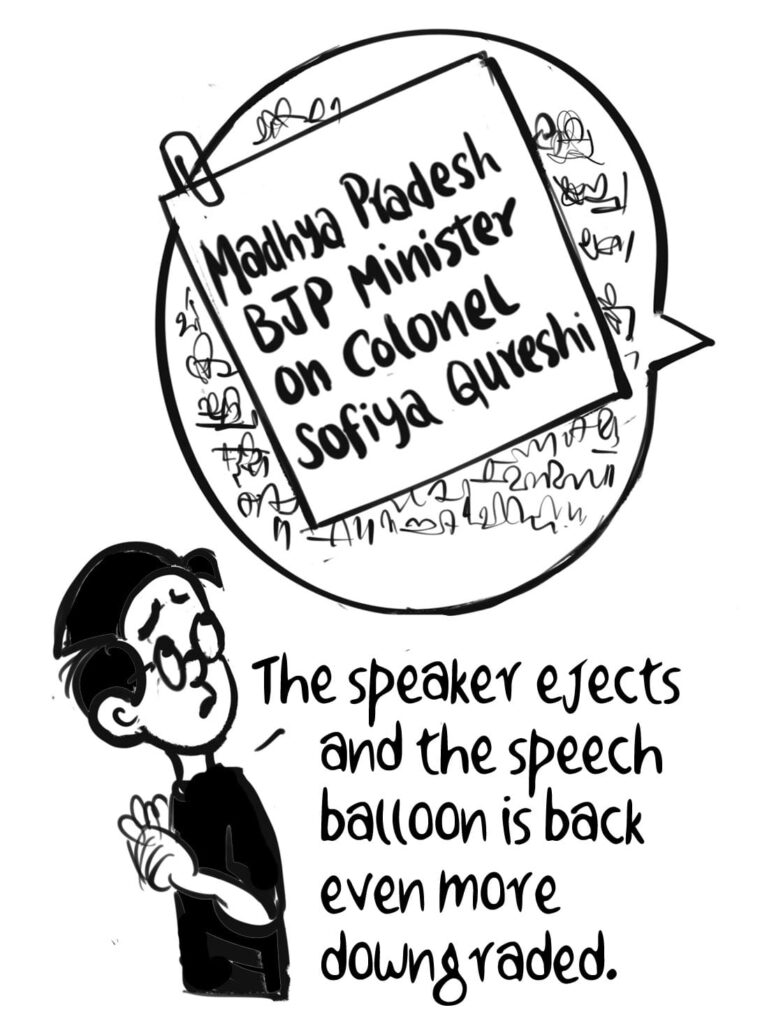
An exhaustive mapping of over 180 incidents across 20 states and union territories carried out by the Association of Protection of of Civil Rights (APCR) between April 22 and May 8, 2025, reveals a chilling landscape of mob violence, hate speeches, assaults, vandalism, harassment, social boycotts, and even murders, carried out under the guise of ‘revenge’ for the Pahalgam attack.

The report compiled by civil society groups associated with the APCR exposes a coordinated and organized pattern of violence and intimidation, supported both implicitly and explicitly by political actors, right-wing Hindutva outfits, and even sections of law enforcement.
From Kashmir to Kerala: The Pan-India Spread of Hate
The post-Pahalgam violence was not confined to Kashmir or its peripheries. Uttar Pradesh, Haryana, Maharashtra, Madhya Pradesh, Punjab, Rajasthan, Himachal Pradesh, and Telangana reported the highest number of incidents, showcasing the nationwide communal mobilization with 84 hate speeches, 39 assaults, 19 vandalisms, and 3 murders all over the nation.

In Agra, Uttar Pradesh, a Muslim man was brutally killed by members of the Kshatriya Gau Raksha Dal—the attackers openly declaring it was revenge for Pahalgam. In Mussorie, Uttarakhand, Kashmiri shawl vendors were assaulted, threatened, and forcibly evicted by Bajrang Dal members. In Chandigarh, Kangra, and Mohali, Kashmiri students faced assault, harassment, and eviction from hostels, with landlords and mobs collaborating in these actions.
The attacks extended even to Mumbai, Maharashtra, where BJP workers assaulted Muslim hawkers, and in Mangalore, Karnataka, where a Muslim man was lynched over allegations of chanting pro-Pakistan slogans during a cricket match.
Hate Speech as a Mobilizing Force
Throughout this period, hate speech played a central role in mobilising mobs, justifying violence, and creating a climate of terror. Notable participants in these incidents included BJP MLA Pushkar Singh Dhami in Uttarakhand, Pawan Gupta in Haryana, and Rakesh Tomar of Rudrasena in Dehradun, who openly called for violence, expulsion, and economic boycotts of Muslims.

Far-right monk Yati Narsinghanand in Ghaziabad and former Viswa Hindu Parishad (VHP) leader Praveen Togadia in Gujarat delivered incendiary speeches urging Hindus to arm themselves and “avenge” Pahalgam. Across protests in Jodhpur, Bhagalpur, Fatehabad, and Bhopal, slogans of hate and calls for Muslim genocide were normalised. This deliberate and widespread normalisation of genocidal language signaled not only societal complicity but also the political patronage enabling these crimes.
The Instruments of Hate: Organised Groups and Complicit State Actors
The report lays bare the central role of organised Hindutva outfits—Bajrang Dal, VHP, Hindu Raksha Dal, Sakal Hindu Samaj, and others—who spearheaded attacks across the country. From vandalizing Muslim-owned shops and carts in Ambala, Haryana, to storming Muslim residences in Mumbai’s Santacruz, the modus operandi was systematic: mob gatherings, intimidation, assault, followed by property destruction and forced expulsions.

Perhaps most concerning is the complicity of the state machinery, where police not only failed to protect minorities but, in many cases, arrested victims instead of perpetrators. In Santacruz, Maharashtra, after Bajrang Dal mobs assaulted Muslim families, the police refused to file FIRs and instead detained Muslim defenders. In Dehradun and Prayagraj, students were forced to leave hostels under the garb of “security concerns,” effectively serving the agenda of hate groups.
Social Boycotts, Economic Sabotage, And Calls for Purges
Beyond physical violence, the report calls for economic boycotts, social purges, and structural exclusion of Muslims from daily life. In Agra and Ambala, campaigns were launched to bar Muslim vendors from markets, often with the active participation of market associations and political leaders. In Kolhapur, Maharashtra, and Guna, Madhya Pradesh, billboards and banners urged Hindus to sever all economic ties with Muslims. In Pune villages, Muslim outsiders were banned from entering mosques.

Women, Children, and Students: Vulnerable and Targeted
Women and children were not spared in this wave of hate. In Santacruz, Maharashtra, a Muslim woman carrying her child was beaten with hockey sticks and swords, forced to chant religious slogans, and told to ‘go to Pakistan’. In Aligarh, Uttar Pradesh, a minor Muslim boy was assaulted and forced to urinate on a Pakistani flag. Kashmiri female students faced mob attacks, harassment, and were branded ‘terrorists’ in Chandigarh and Punjab.
The Dangerous Precedent and The Road Ahead
This unprecedented scale of post-Pahalgam attack communal mobilization, as mapped meticulously in the report, reveals a well-coordinated, institutionalized ecosystem of hate. The intersection of hate speech, vigilantism, political endorsement, and state apathy sets a dangerous precedent for India’s democracy.
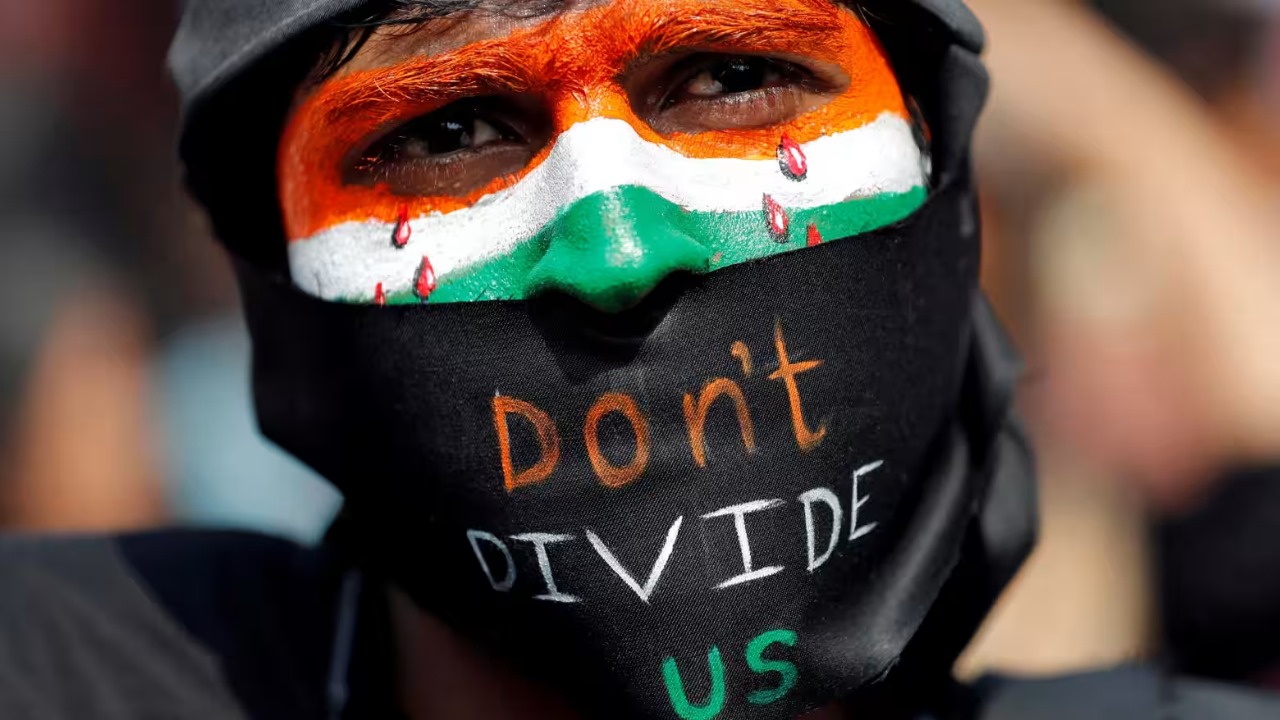
Rather than isolating the Pahalgam violence as an act of terror, sections of society weaponized it as an excuse for majoritarian assertion, pushing India closer to the precipice of normalised hate crimes against minorities.
The report concludes with an urgent call: if unchecked, this wave of hate will erode India’s constitutional values, deepen polarization, and lay the groundwork for even bloodier episodes of communal violence.

Read the detailed full report of the APCR here.
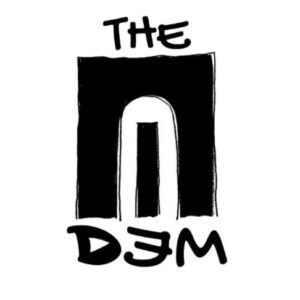


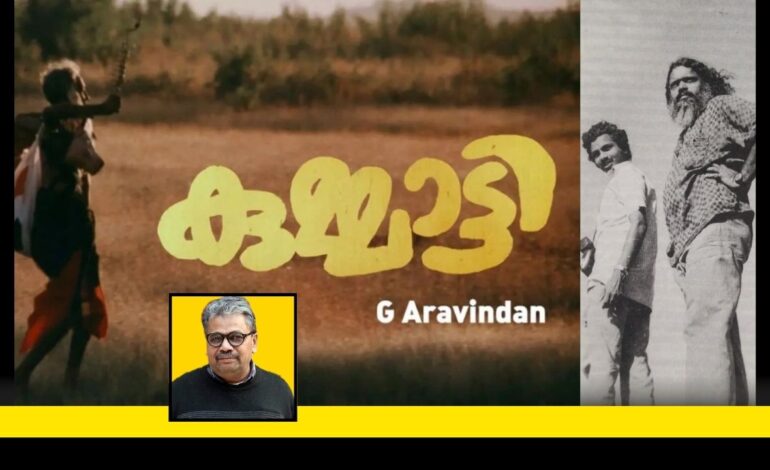

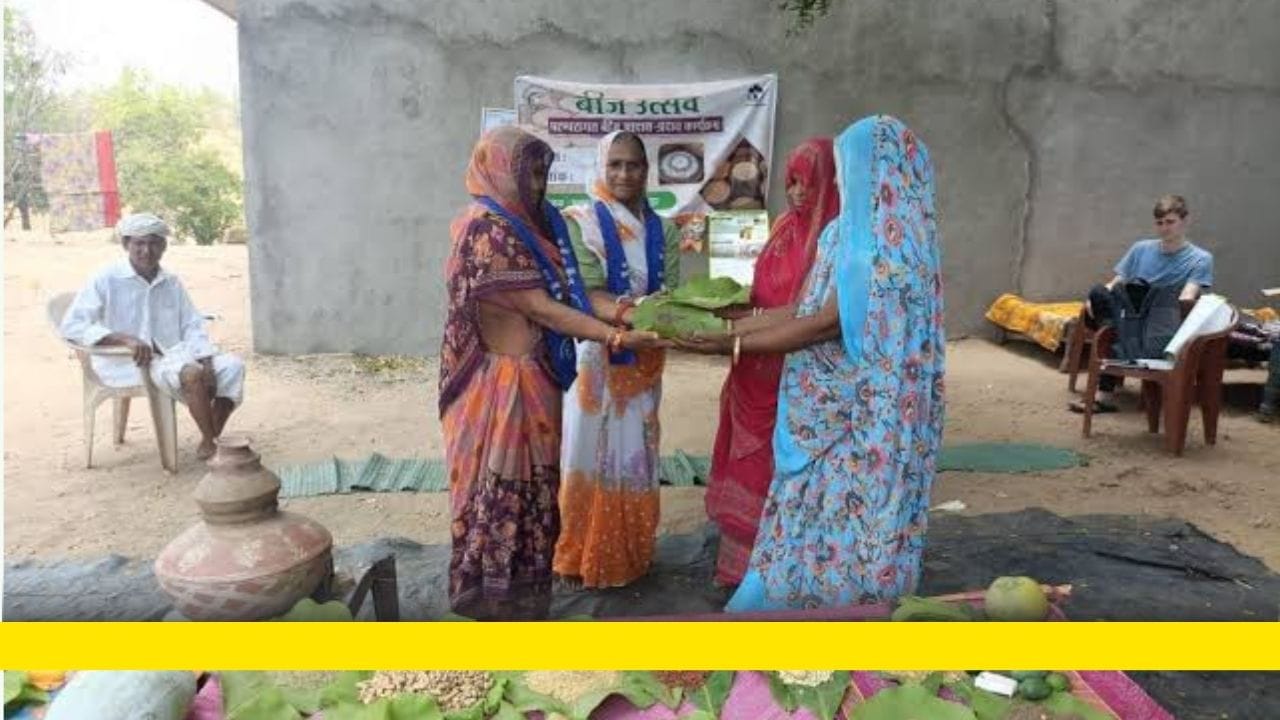
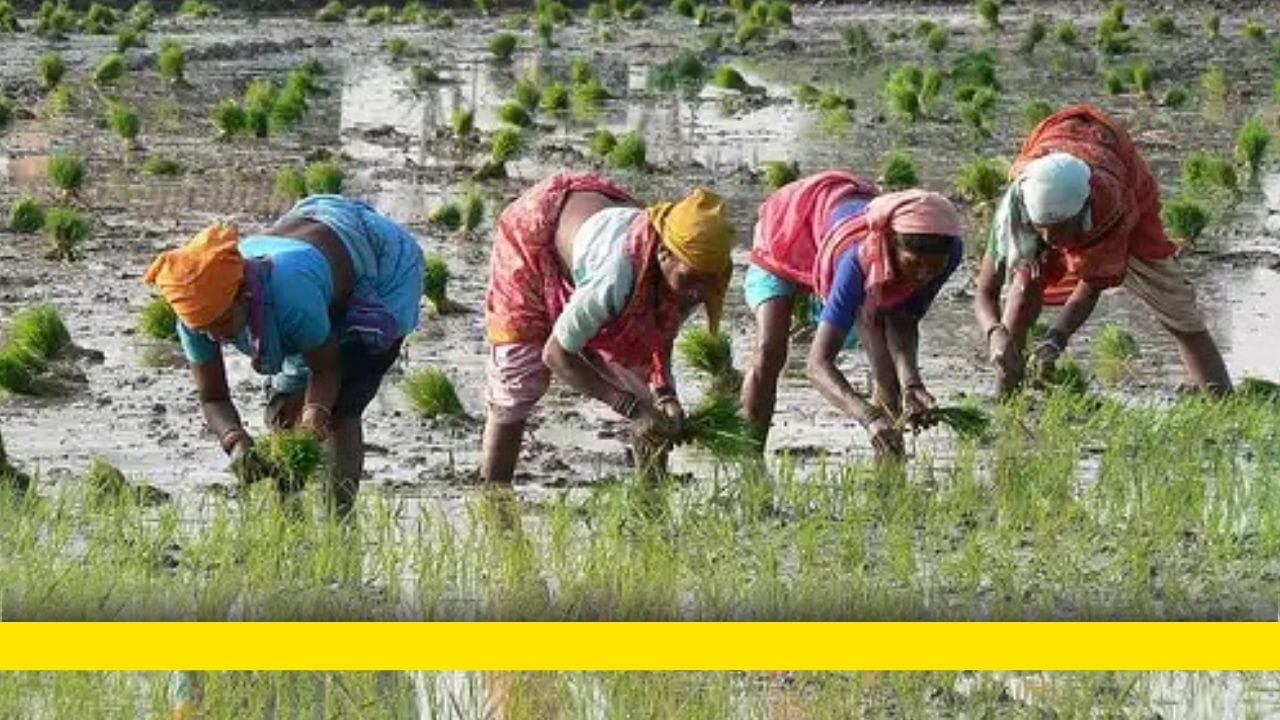
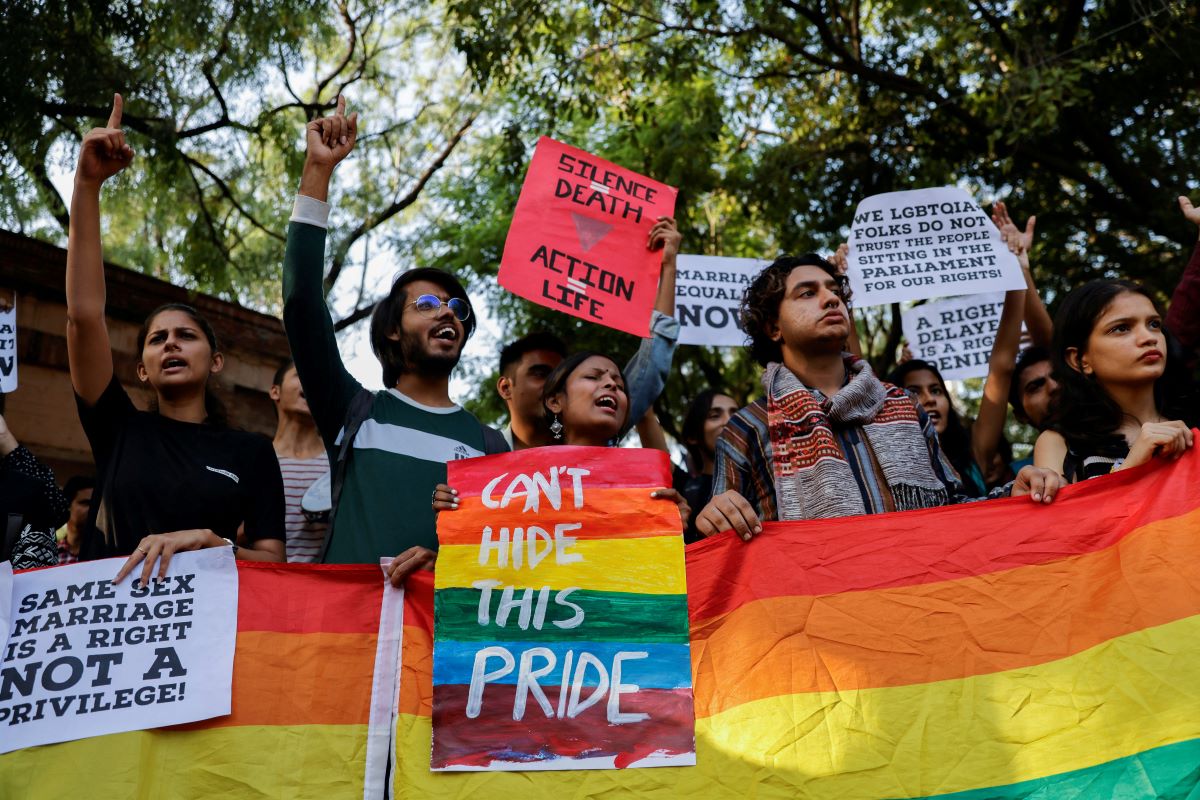
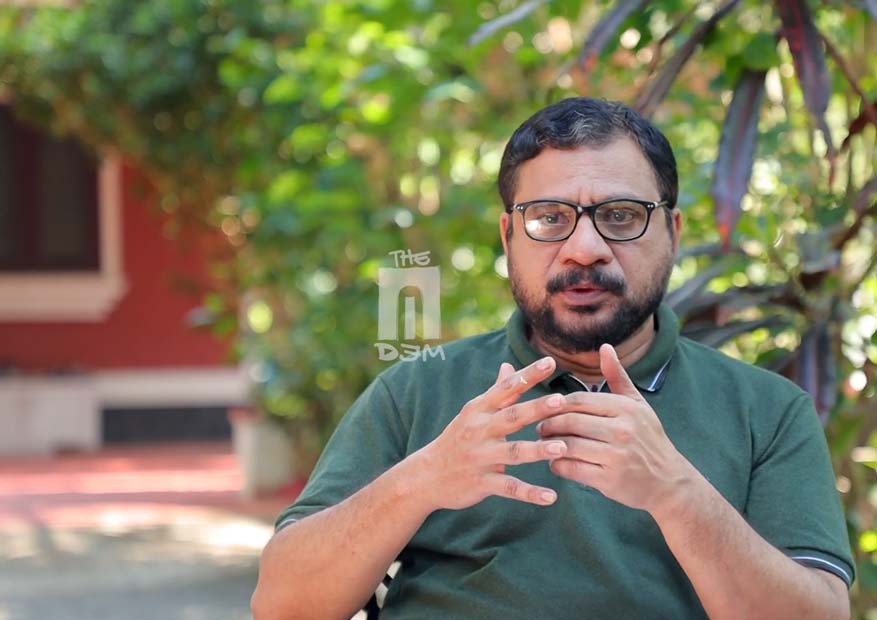
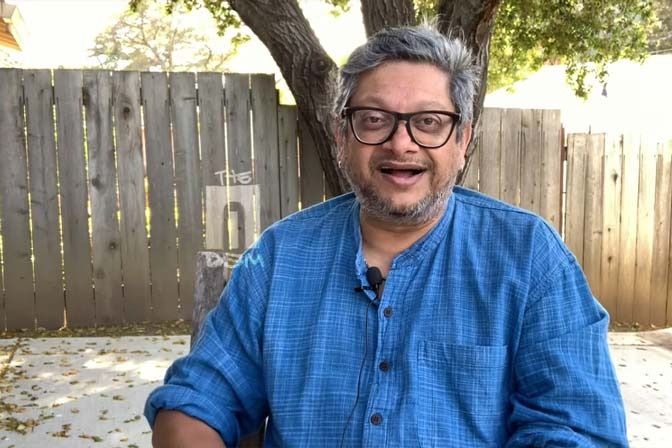
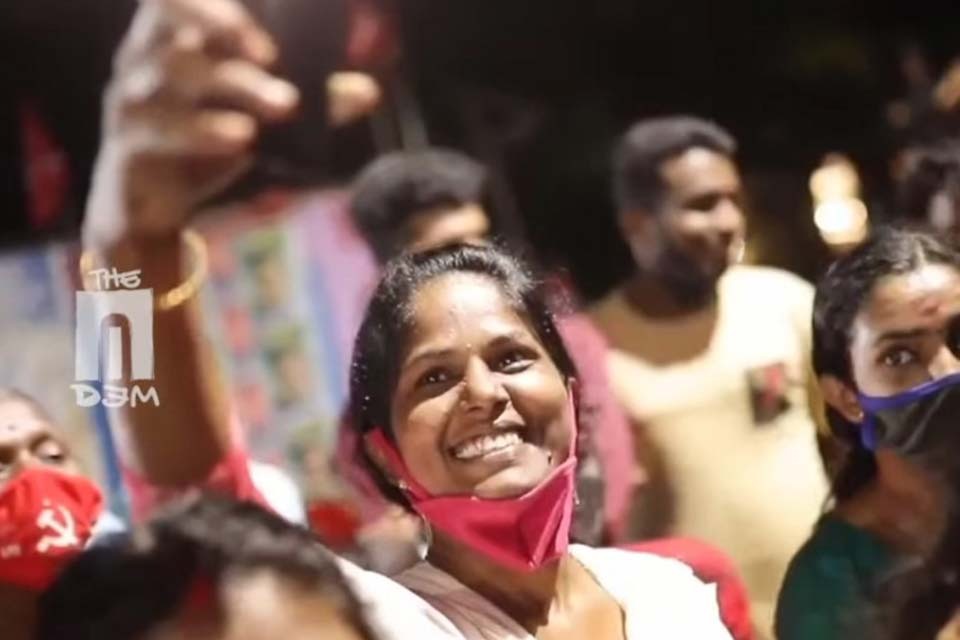
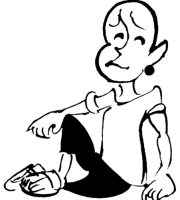
thank you